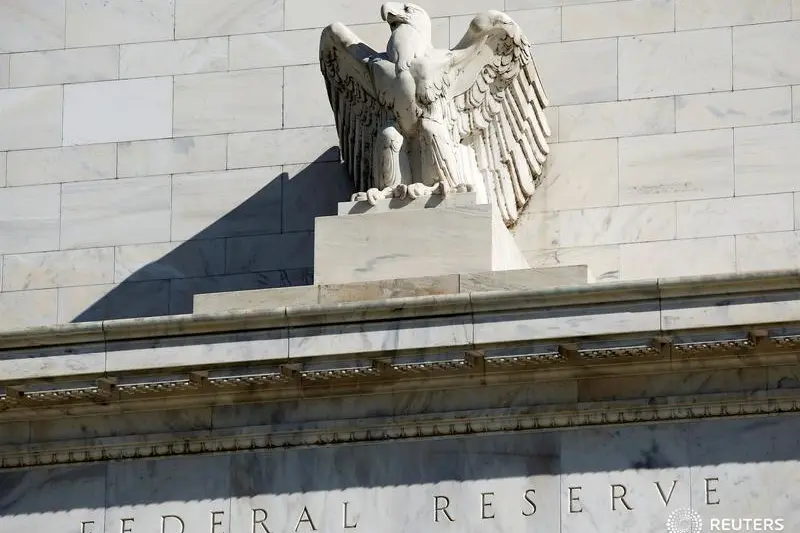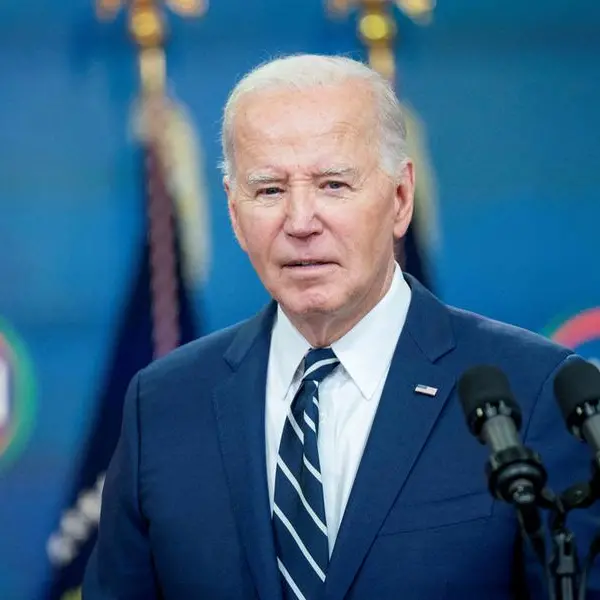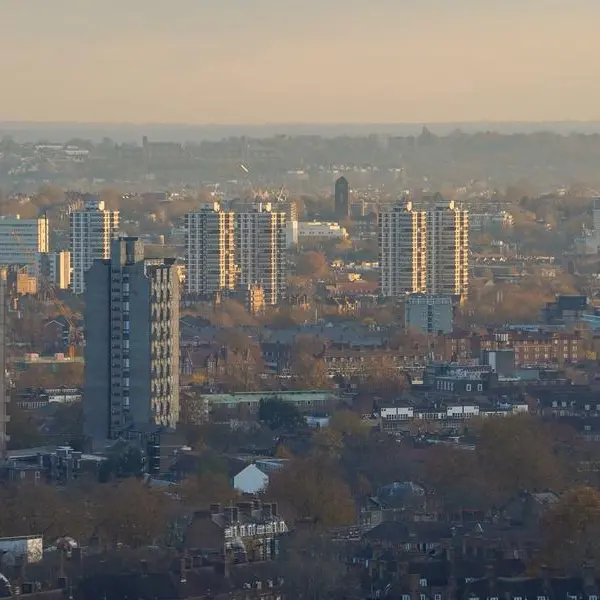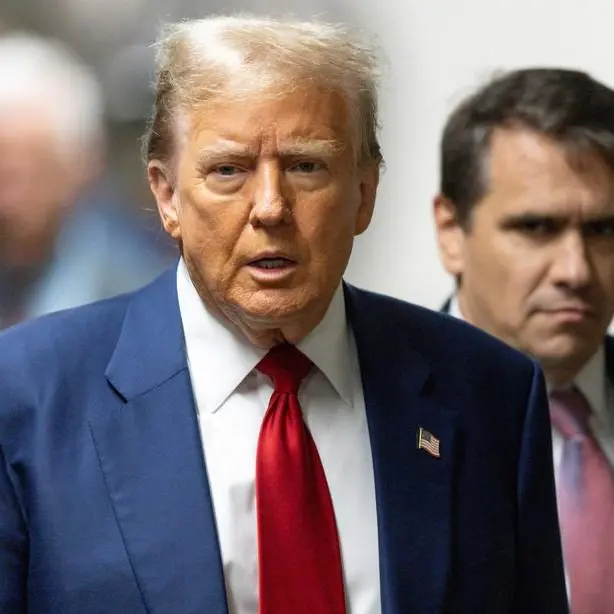PHOTO
NEW YORK - Another two Federal Reserve officials on Friday added their voices to the wave of U.S. central bankers downplaying any urgency to cutting rates amid sticky inflation, with one warning a failure of price pressures to further abate might even push the central bank to raise rates again.
Although inflation has fallen quite a bit and will likely continue to move back toward the 2% target “we are still not yet at the point where it is appropriate to lower the policy rate, and I continue to see a number of upside risks to inflation,” Federal Reserve Governor Michelle Bowman told a gathering of the Shadow Open Market Committee in New York.
Those inflation potentialities could change the outlook for future policy decisions, she said. “While it is not my baseline outlook, I continue to see the risk that at a future meeting we may need to increase the policy rate further should progress on inflation stall or even reverse,” Bowman warned.
For now, the central bank governor said Fed policy is well positioned for the current vigor of the economy, and if inflation continues its retreat back to 2%, she said “it will eventually become appropriate to gradually lower the federal funds rate to prevent monetary policy from becoming overly restrictive.”
Bowman’s hawkish take on monetary policy followed similar commentary from Federal Reserve Bank of Dallas President Lorie Logan, who tilled similar soil.
“I believe it’s much too soon to think about cutting interest rates,” Logan said in a speech text prepared for delivery before a gathering at Duke University. To get to rate cuts, “I will need to see more of the uncertainty resolved about which economic path we’re on,” she said.
Logan was also worried about the future of inflation after its unsteady start to the year. “The key risk" is less about inflation rising than stalling out at current levels, she said.
Bowman and Logan were the latest Fed officials over the course of the past week to voice concern about the "bumps" the Fed was encountering so far this year along the path to returning inflation to its target. The combination of strong job market data and limited progress on inflation in the last couple of months has amplified the calls among top officials - including Chair Jerome Powell - to be "patient" as they approach the decision on when to cut rates.
HEADWINDS TO RATE CUTS
The two Fed officials spoke in the wake of the release of very strong hiring data. The jobs report showed a very strong employment sector, with payrolls adding a better-than-expected 303,000 jobs in March, amid a decline in the unemployment rate to 3.8% from 3.9% in February.
The strength of hiring reinforced the idea that with the economy on a strong footing, the Fed has space to allow its current monetary policy setting, which has the federal funds rate at between 5.25% and 5.5%, to be left in place for a while to further lower inflation without causing broader economic pain.
The course of economic data as well as guidance from Fed policymakers has helped investors pare back expectations of rate cuts. According to the futures market for federal funds, traders see almost no chance of a cut at the May Federal Open Market Committee meeting, and are split on the prospects of a June easing.
At the FOMC meeting last month Fed policymakers continued to expect three cuts for this year albeit with less conviction relative to their forecast from the end of last year. The jobs data on balance pushed back against the need to start cutting rates, economists said.
“The Fed does not know what path the data is going to take” which has clouded how much guidance they’re able to give about future policy choices, said Thomas Simons, U.S. economist with investment bank Jefferies. That said, “today's data will not motivate Fed officials to lean more towards a rate cut any time soon.”
TD Securities economists agreed. In a note to clients they wrote the robust jobs report “may reinforce the idea of patience among some Fed officials in terms of upcoming policy decisions.” They added, “we remain of the view that the evolution of consumer price inflation remains the key determinant in the short term, which raises the stakes for next week's CPI report.”
The March consumer price index is scheduled for release next Wednesday and market participants will be closely watching for evidence whether factors that made the index stronger-than-expected at the start of the year are abating.
JP Morgan's Chief U.S. Economist Michael Feroli wasn't waiting for CPI to change his call, however. "(T)he apparent absence of any cracks developing on the (labor) demand side should lessen the urgency to ease policy, and we are pushing back our call for the first Fed cut from June to July," he said.
(Reporting by Michael S. Derby; Editing by Andrea Ricci)












